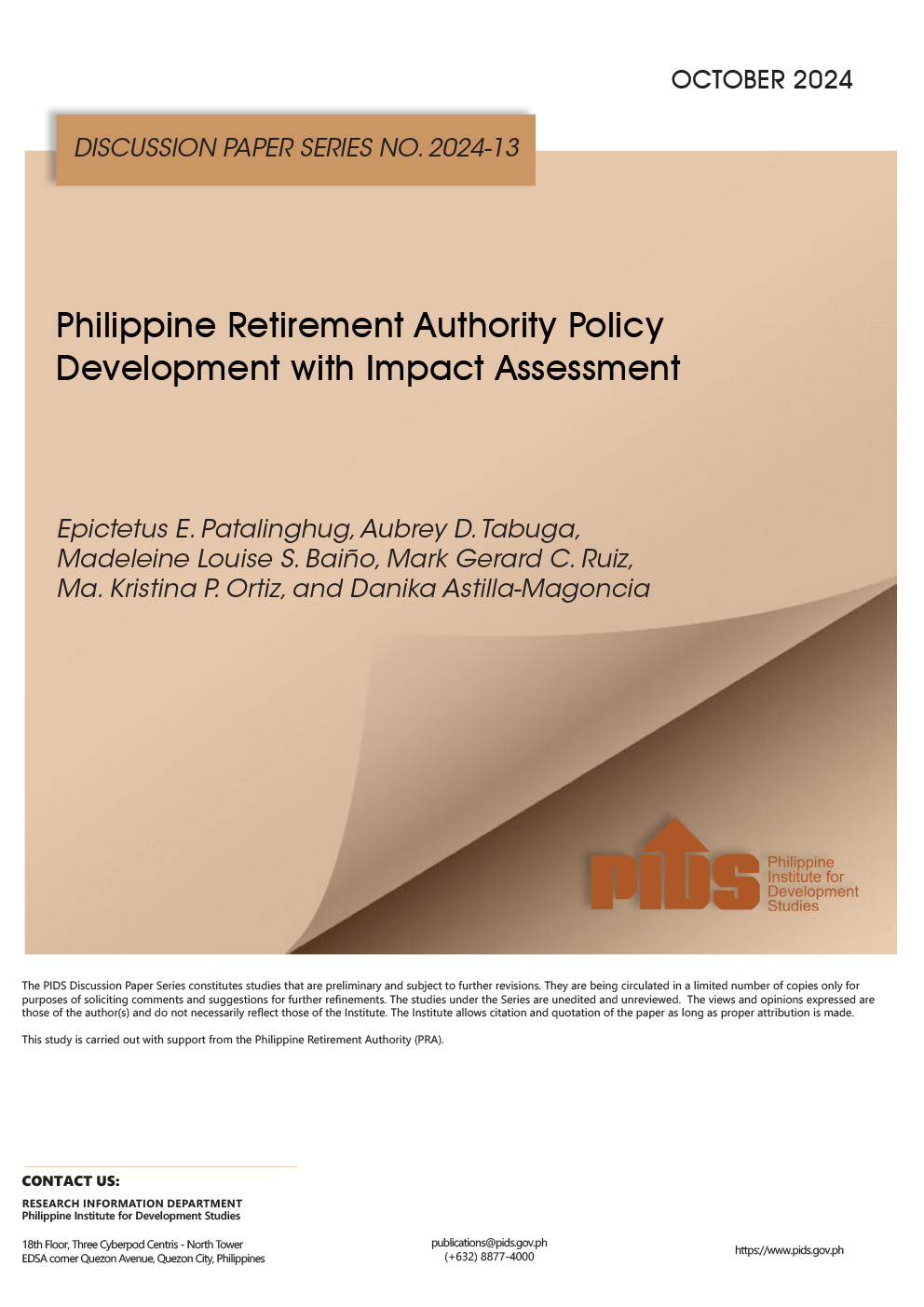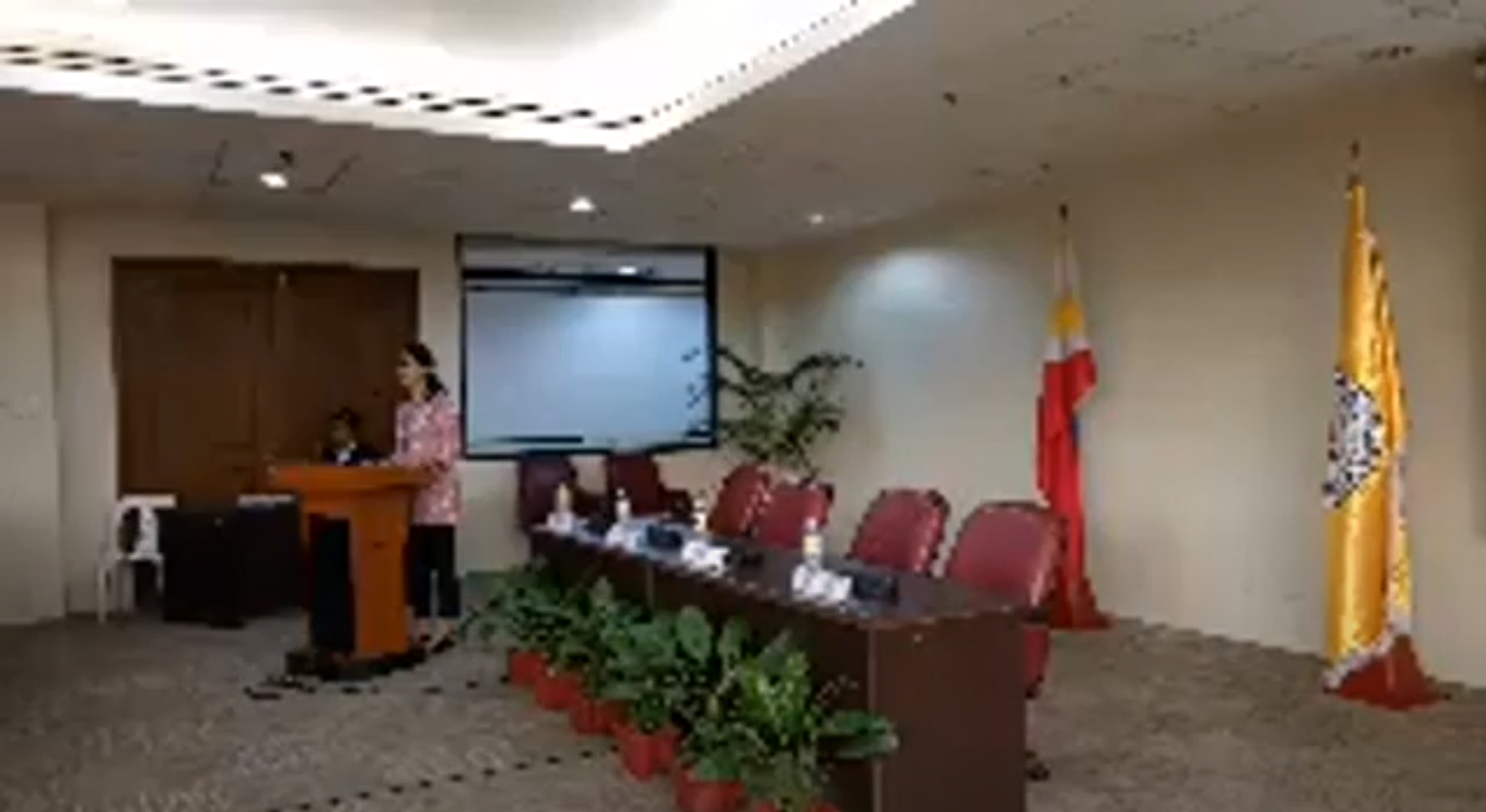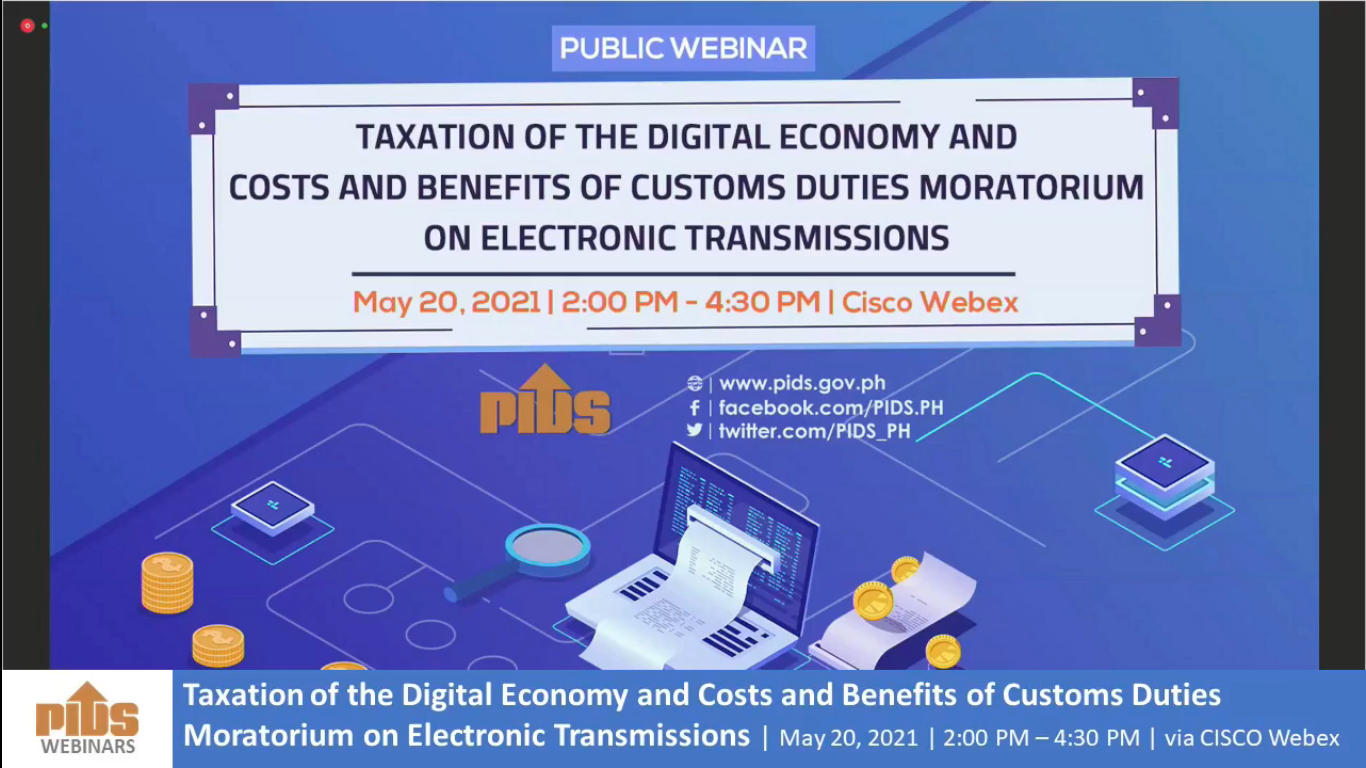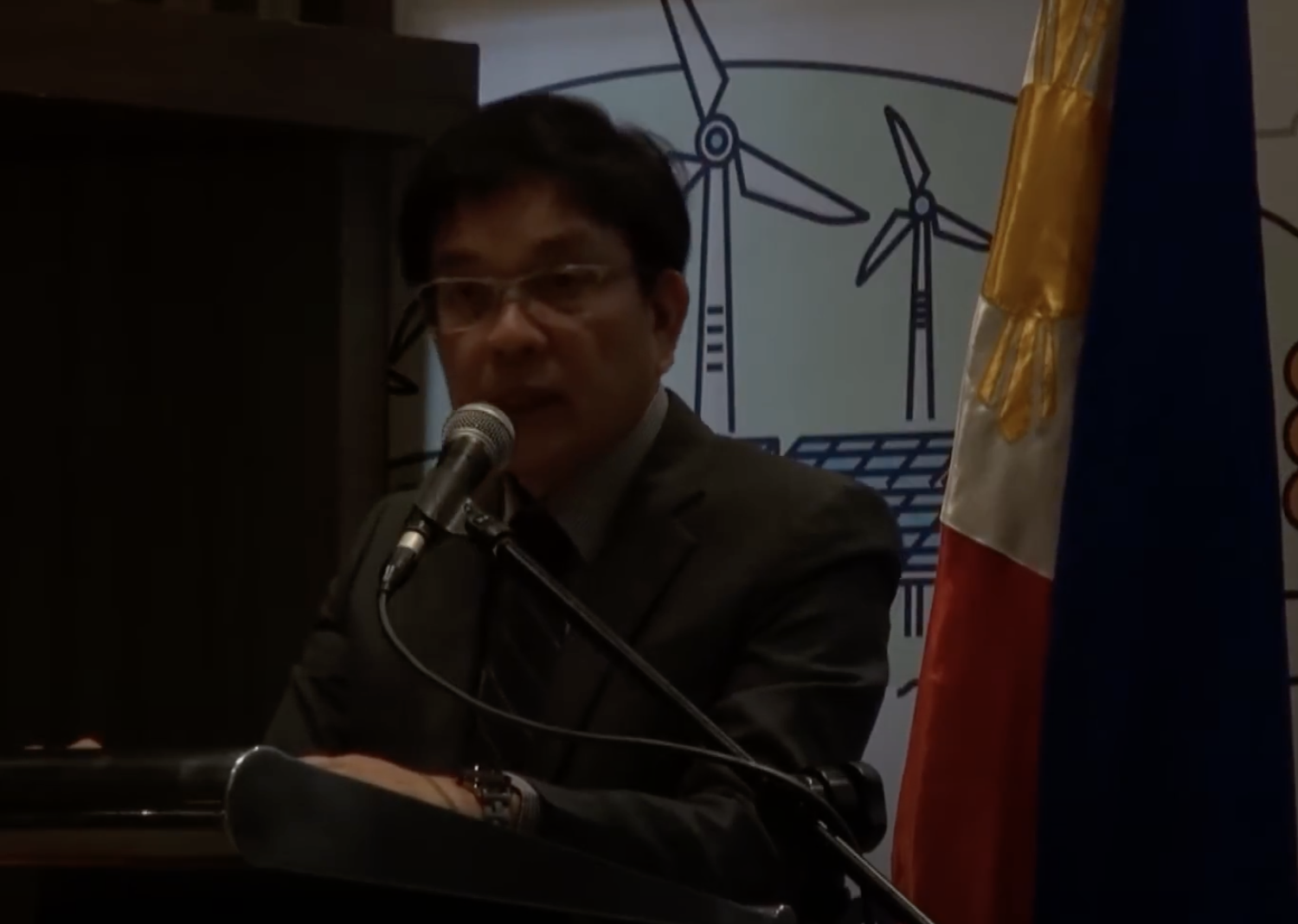Anyone who favors fiscal discipline should take note of the massive government spending involved in the shift to federalism, which could cost the national government an additional P243 billion annually, according to the National Economic and Development Authority (Neda). This is almost double the initial estimate made by experts.
Socioeconomic Planning Secretary Ernesto M. Pernia earlier said the cost of running a federal government may range from P120 billion to P131 billion, and the fiscal deficit could breach 6.7 percent, noting that this would “wreak havoc” on the country’s economy.
A study by Rosario Manasan, senior research fellow of the Philippine Institute for Development Studies, estimated an additional P44 billion to P72 billion, which includes the salaries of governors and vice governors of the states, more senators, more government staff, more offices and their operating expenses under a federal government. This is aside from the cost of holding a plebiscite on the new Constitution, plus elections of the transitional president and vice president as called for in the Consultative Committee (Con-com) draft.
However, last week, Neda Undersecretary for Planning and Policy Rosemarie G. Edillon said the cost could be higher. She said the recurring expense for Personnel Services and Maintenance and other Operating Expenses alone would reach P156.6 billion under a minimum scenario and P243.5 billion under the maximum scenario. The huge cost assumes the structure in the draft Charter, which will kick in once the federal government is operational and once the federated regions, the Regional Legislative Assembly and the new Judiciary offices are in place.
In the first year of implementation alone, Edillon said the government would spend an additional P10 billion just to finance the construction of various government offices. This was based on an estimate of P100 million per building, and the number of agencies that still do not have buildings.
Prof. Edmund Tayao, a member of the Con-com that prepared the draft federal Constitution, was quick to counter that the cost of shifting to federalism is much lower than what Neda predicts.
“The incremental cost, as far as our numbers are concerned, would not breach P20 billion. In fact, all those costs that are directly caused by the shift from unitary to federal would amount only to a little over P13 billion,” Tayao said during a Palace press briefing.
Obviously, among economists and policy-makers, critics and defenders, the question of how to tally the costs of federalism is a matter of hot dispute. But the costs will, indeed, be substantial.
More government spending certainly means bigger annual deficits and a growing national debt. Thus, more government spending would certainly bolster the administration’s arguments in favor of more and higher taxes.
The costs of a Philippine federal government are truly enormous. We are talking about unprecedented levels of spending, and we can’t help but be a bit anxious. We worry that politicians who are so gung-ho about federalism are making monumental mistakes by failing to fully come to grips with the short- and long-term financial costs
Would this future federal government of the Philippines be able to borrow and generate enough money to pay all our bills?
And is this the right time to ram federalism down the people’s throats, when a lot of Filipinos are still worried about the same things as before—jobs and food on their tables? Can this bigger, much costlier future federal government ensure that the huge budget that would flow through it would not just line the pockets of corrupt officials?
What guarantees do we have that the billions the government (or federal states) would be spending will reduce poverty and hunger rates? Would they prevent Filipinos from leaving the country in droves to seek greener pastures abroad?
Now is the time to be asking these questions.









